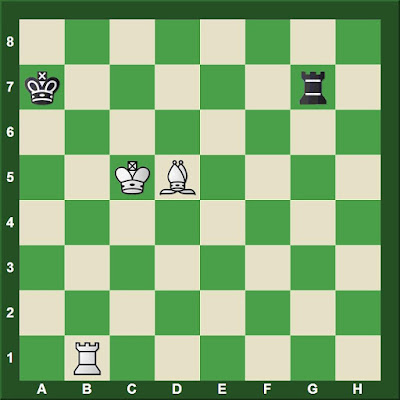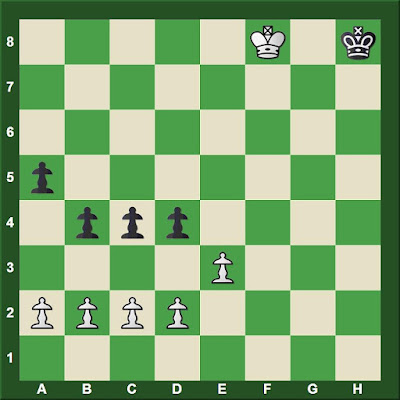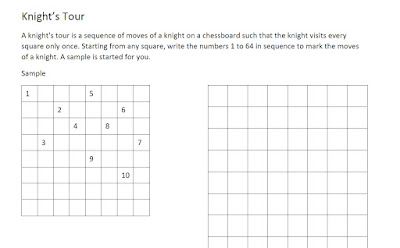Lesson of the Week
My young chess students were presented with exercises this week that are designed to develop their calculation skills. For the advanced students, I culled six problems from a workbook that I created for my chess camp two years ago and that I updated this week so that other chess coaches might find it useful.
Problem 2 is from a game that I lost to an alum of the chess club where I now coach. He is our current city champion. The game from which the position is extracted was played when he was in high school.
Problem 6 asks the young players to find the move that I considered, but did not play, against IM John Donaldson in a simul in 2003. I managed a draw (Donaldson scored 26-2-2 in the simul), but had winning chances had I played the move that I had been aiming at for several moves prior. Donaldson was moving around the boards quickly and I did not have enough time to resolve my doubts concerning the sacrifice.
White to move (1-3)
1.
2.
3.
Black to move (4-6)
4.
5.
6.
I introduced my beginning students to the knight's tour exercise to develop their abilities to handle that piece. The worksheet had a sample with the first ten moves entered and three blank chess boards for them to write on. The image below displays part of this worksheet.
The Workbook
My workbook is titled "Basic Training for Chess Success: Lessons from Camp" and was created for my 2014 summer chess camp. I have been creating new workbooks each year for my summer chess camp since 2008, often reusing materials that were particularly useful. "Basic Training" uses a section from my 2010 workbook, which was wholly focused on Adolf Anderssen (see "Learning from Errors: Adolf Anderssen"). This is followed by a section drawing lessons from Paul Morphy that I created for my 2012 workbook and then a short lesson that has appeared in several workbooks that applies Dan Heisman's Elements of Positions Evaluation to Pillsbury -- Lasker, Nuremberg 1896. There is a short endgame section culled from my work on Vasily Smyslov that formed the core of my 2011 workbook. Finally, the workbook contains a "glossary of tactics" and 124 exercises with solutions.
Reshevsky Returns to Detroit
1 day ago




















No comments:
Post a Comment